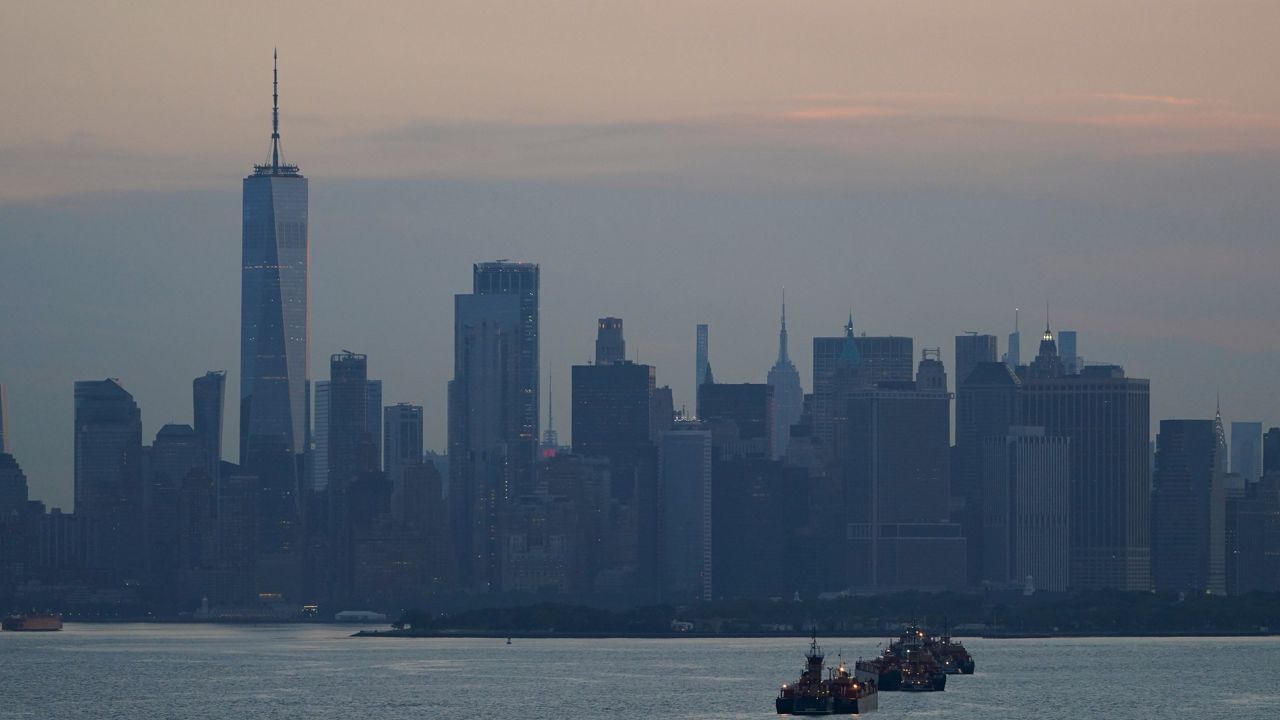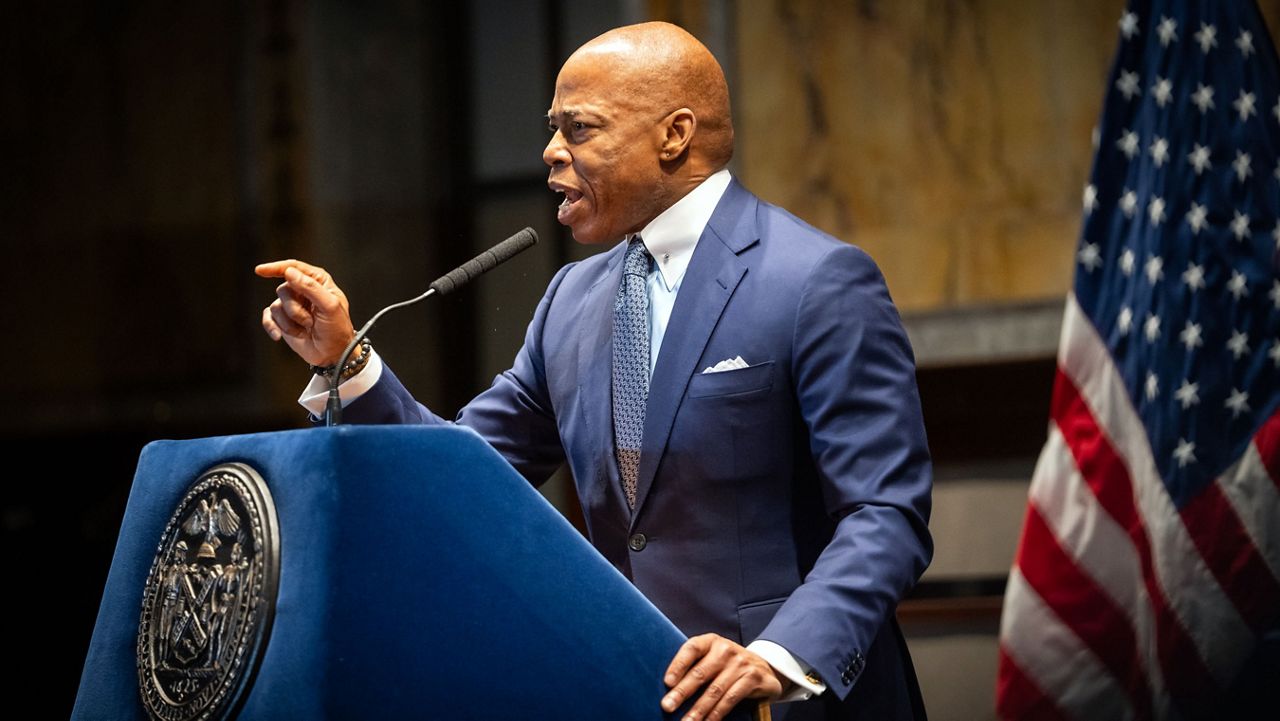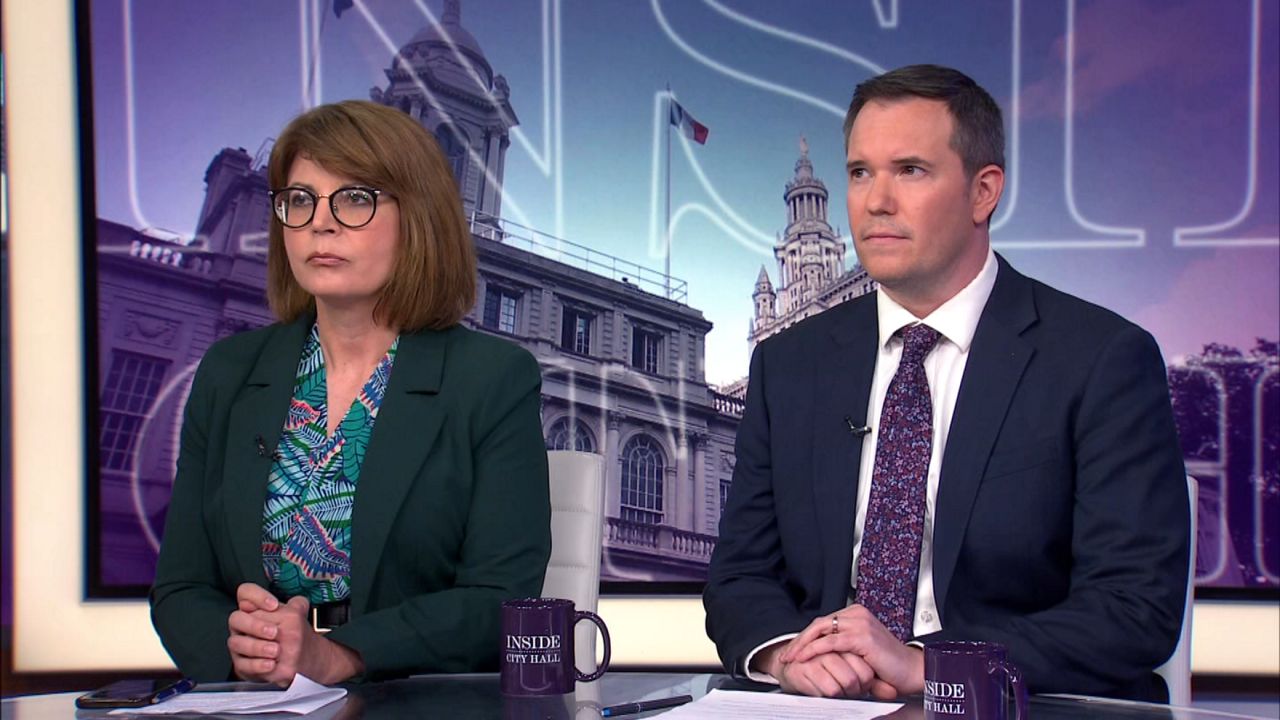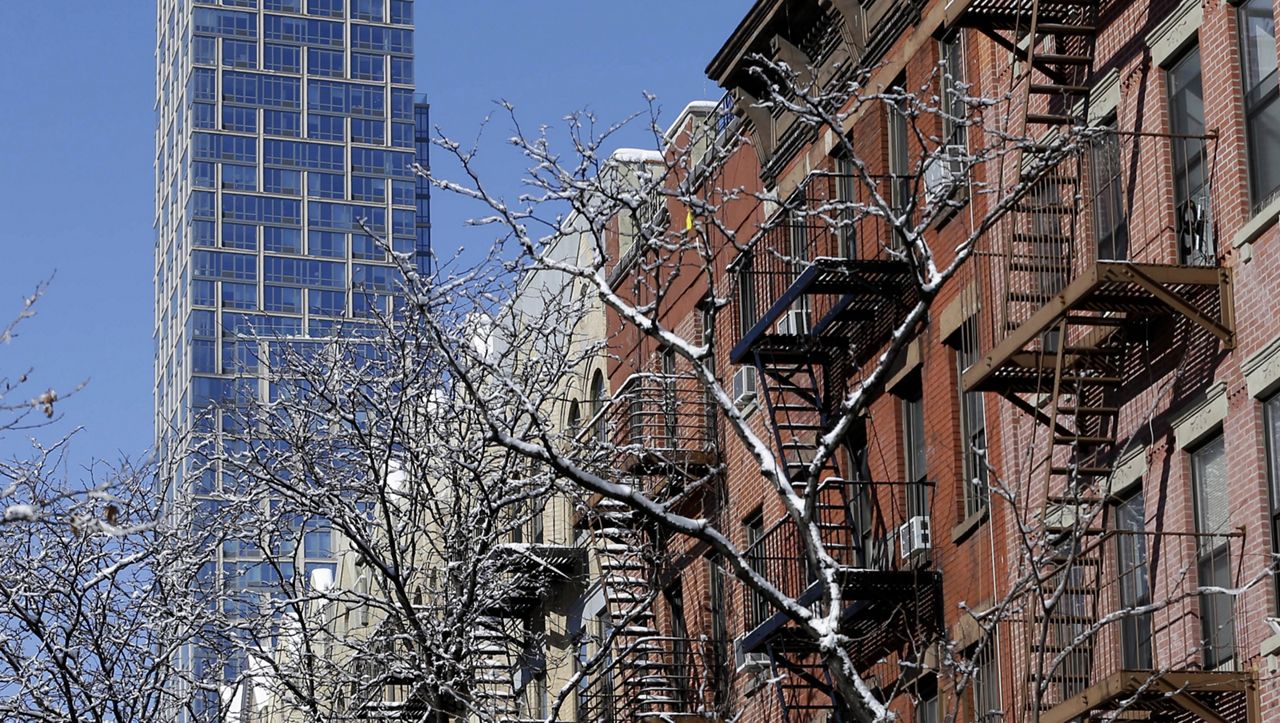If there’s one thing that’s certain about New York City, it’s that nothing ever stays the same.
Last year, during the height of the COVID-19 pandemic, the city was upended in ways that even lifelong New Yorkers found disorienting.
With droves of wealthy New Yorkers fleeing the city in 2020, those who stayed witnessed an unprecedented version of the city: shuttered businesses, empty apartment buildings and deserted tourist hot spots such as Times Square.
Many moved into second homes or rented houses with more space than their city dwellings.
And as many return to the city, it’s become a bit of a sore spot for those who may have wanted to leave but couldn’t afford to.
But the push and pull of this city is far from new.
The city has always attracted people from around the world in the hopes of achieving goals they wouldn’t be able to achieve anywhere else.
Often, ones who eventually leave are the people for whom the costs of staying have become unsustainable.
That’s why author Sari Botton moved 90 miles north to the Mid-Hudson Valley after facing eviction and eventually getting priced out of her neighborhood in the East Village.
There she ended up meeting other former NYC residents, many of whom were fellow writers and editors struggling in the new, shrinking publishing economy.
Inspired by Joan Didion’s essay of the same name, Botton collected essays from fellow writers about their own love and eventual disenchantment with the city. The book was first published in 2013.
The recently released edition “Goodbye To All That” includes seven new essays and features writers such as Roxane Gay, Leslie Jamison, Emma Straub and Cheryl Strayed.
Whether the contributors left years before the pandemic or at the height of it — one thing they all have in common is the indelible mark the city left in their lives.
This interview has been edited and condensed for clarity.
NY1: How do you think the pandemic has changed the conversation around leaving New York City?
Sari Botton: I think the pandemic caused a lot of people to relocate for good and bad. I live in Kingston, New York, and it is one of the two most popular cities for people from the city to relocate to. And it's been a very mixed bag because there's a housing crisis here now because of it. And the housing crisis in New York City is what led me up here in the first place.
Another change, as Emily Raboteau addresses in her essay, is a lot of wealthier, mostly white people, left in the height of the pandemic. And that made things more difficult for the people left behind. Emily was taking in packages for her neighbors and it created more class striation or maybe it made it more obvious. And then another way it changed — Carolita Johnson talks about in her essay — Kingston became unaffordable and she moved back to live with her mom in Queens.
How did the pandemic impact this new edition?
Two of the essays shifted as we were working together because stories about how the pandemic was affecting their lives came up. Emily Raboteau and Carolita Johnson adjusted their essays to reflect how the pandemic was affecting them. It was exciting to me that there was a way to incorporate what was going on.
And for me, it meant that I was editing this in isolation. I used to run a co-working space for writers in Kingston, which I had to close because of the pandemic. And it changed my work habits a lot. I went from being a person who every day engaged with co-workers and people at the co-working space to someone just engaging with my husband and only in my house. It's been really weird.
New York City had it really rough during the pandemic. Were you grateful that you had already left the city?
I found myself really grateful that I had space. When I lived in Manhattan, first by myself, I had a tiny apartment. And then my husband and I had a big loft that was ramshackle and a total mess and cheap. I kept reading about how easy it was in New York City to get infected. And I was glad that I was protected from that.
But I had very mixed feelings because one part of me wanted to be there applauding for the essential workers at 7 p.m. every night the way people did. It reminded me of times when I lived in New York City, and there was a crisis, whether it was 9/11 or the 2003 blackout. I was there among people and people bonded — I really missed that.
What do you miss most about the city?
Walking around the city by myself is one of my all-time favorite things to do. I just love to walk around, people watch, window shop, and kind of just lose myself in the ambiance of New York City and the electricity of it. I also love to go to karaoke in various places, whether it's a karaoke bar or I'll go by myself to a karaoke bar and trade songs with just the bartender. I don't care. I'll also go to Sid Gold's Request Room and sing — it's a karaoke piano bar.
I also love literary events. I loved the sheer number of them. On any given evening, I could go to three, four or five different events by myself. One of the things I loved most about living in New York City was that I could be a weird loner, but never be too alone. I could be kind of anonymous among people. That is something that I never really found anywhere else.
How did the original edition come about?
Oh, that's a good story. I moved upstate in 2005 and I started meeting people who had similar stories to mine. They had to leave New York because it became too expensive, or for some other reason, that they also had become somewhat disenchanted with it, that it had been a difficult choice. I kept meeting a lot of writers up here, and we all kept referencing the Joan Didion essay “Goodbye to All That.” And I kept saying, wouldn't it be great to collect all these stories? I started talking to editors and agents. I was somewhat established as a writer and editor, but not as established as I am now. And every editor and agent I came across said, that's a great idea, but you can't do it. You don't have enough platform, you're not well known enough, you won't have enough access to established writers who could contribute and anthologies don't make any money.
Everybody discouraged me, even though they recognized that it was a good idea. And then finally, after a bunch of years of hearing that I finally decided to just do it. I reached out to a writer I knew who had published a number of anthologies. She shared her editor's email so I emailed a two-page proposal and she said, go do it. I got a very tiny advance, which means that I was only able to pay people very little. I also couldn't pay myself for a very long time until there were royalties. I earned out, but it was an immediate hit. The first reprint happened within like three weeks of the book coming out and ultimately, it has sold over 50,000 copies.
Who would you say this book is for? Is it for people who are in love with this city? People who aspire to the city? Is it for people that grew up here? Or is it for people who have left?
All of the above because what it really is about is the push-pull that New York City exerts on its inhabitants, and how New York City is both a difficult place to leave and a difficult place to stay. Sometimes people oversimplify and think “Goodbye to All That” is all about leaving New York and the follow-up anthology “Never Can Say Goodbye” is all about staying in New York. But both books have people who left and people who came back and people who never left.
Tune into our live conversation with the author on Friday, 8/13 at 2 p.m. EST on NY1's Instagram page, where you’ll also be able to submit questions.








